Devilman Crybaby, a Netflix Original remake of the 1972 anime Devilman, offers one of the most compelling narratives that anime has seen in a long time. The series’ premise remains largely the same as its source material: an absurd offering of blood, sex, and gratuitous violence. Though such material has regularly appeared in other forms of entertainment for years, anime has largely refrained from such graphic themes for the past decade. Within the first few minutes of the first episode, Devilman Crybaby offers viewers a breath of fresh air that they didn’t even know they needed – by delving into the pornographic violence that anime just doesn’t show its viewers anymore.
The series primarily focuses on two young men: Akira Fudo and his best friend, Ryo Asuka. Akira is an emotional yet kind-hearted, high school teen who tends to cry whenever hearing about someone’s pain. Ryo, though the same age, is a childhood prodigy and professor at an American university. He’s calculating and ruthless, and isn’t afraid to enforce his will on others.
Within the first episode, Ryo tells Akira that he’s discovered the existence of demons. Wanting to expose them to the world, he enlists Akira’s help in summoning some at a nearby hedonistic rave. When the two succeed in forcing the demons within the crowd to expose themselves, Ryo reveals his true objective: to summon a powerful demon named Amon and have him possess Akira. His plan works, but Akira’s empathetic nature allows him to maintain his human heart. Now half man and half devil, he is rechristened as the Devilman.

The plot leaves all semblance of normalcy after that. Even for an anime, Devilman Crybaby requires the viewer to possess a rather ludicrous suspension of belief. Akira’s friends accept his sexier, demonic appearance and personality with little fuss. Ryo, supposedly a famous professor, continually flaunts his use of assault rifles in public to no consequence. And despite the ever-growing presence of demonic activity, it takes a very long time for the general public to even notice a supernatural element at play in their city. Devilman Crybaby isn’t trying to tell a realistic story though, and these slight inconsistencies are minor speed bumps in the show’s plot.
Devilman Crybaby has an old soul. The soundtrack feels like it’s been pulled from the early 1990s, and the continued use of abstract colors and shapes is reminiscent of the anime from that same time. Devilman Crybaby doesn’t feel like it belongs in today’s scene. That’s not to say the show is bad. In fact, it might be one of the best series for the Winter 2018 season. But Devilman Crybaby doesn’t possess any of the romanticized habits of recent anime. Even the anime that include numerous moments of bloody death, like Akame ga Kill and Parasyte, ensure to also incorporate moments of light-heartedness, like stereotypical romantic comedy shenanigans. Devilman Crybaby does no such thing.
Horror and sexuality intermingle throughout Devilman Crybaby. There are quite a few scenes at the beginning of the series that simultaneously evoke disgust and sexual excitement. It’s weird and uncomfortable, but a welcome change of pace from a winter season dominated with yuri and slice-of-life comedies. And those early episodes get the viewer ready for the show’s latter half, when the anime begins to explore some truly depressing notions concerning human nature.

Without spoiling how Devilman Crybaby ends, this latter half implies that the struggle against rejection and bigotry is a long and bloody one, but hollow victories in between eventually lead to a better world. It’s a powerful and timeless message, and definitely one worth seeing unfold. Devilman Crybaby rushed some of the development to get to that ending and might have benefited from stepping away from the “monster of the week” formula one episode sooner than it did. However, the show was able to manage a pretty stellar story in just 10 episodes.
Just because the show is good though, doesn’t mean it’s for everyone. Like stated before, this show is filled to the brim with hardcore sex and is constantly shoving instances of explicit violence down the viewer’s throat. Anime fans that have only watched and enjoyed anime from the past five years might be shocked by how visceral Devilman Crybaby’s content is. The original Devilman would go on to inspire classics like Berserk and Evangelion, shows that are regarded as pretty mature. Don’t go into Devilman Crybaby expecting the twisted humor of Citrus, pure sweetness of Cardcaptor Sakura, or manufactured conflict of The Ryou’s Work is Never Done. Devilman Crybaby was not made to appeal to the wider anime community.
However, for those that still reminisce about the stranger days of anime or are simply looking for something that defies anime’s current norm, Devilman Crybaby more than deserves a look. If you’ve got the stomach and the nerves to make it past the first three episodes, then you owe it to yourself to be rewarded with the show’s incredible second and third acts. If, after episode two or three, you’re still not feeling it, then drop the show. Devilman Crybaby only builds upon its shock value from there.


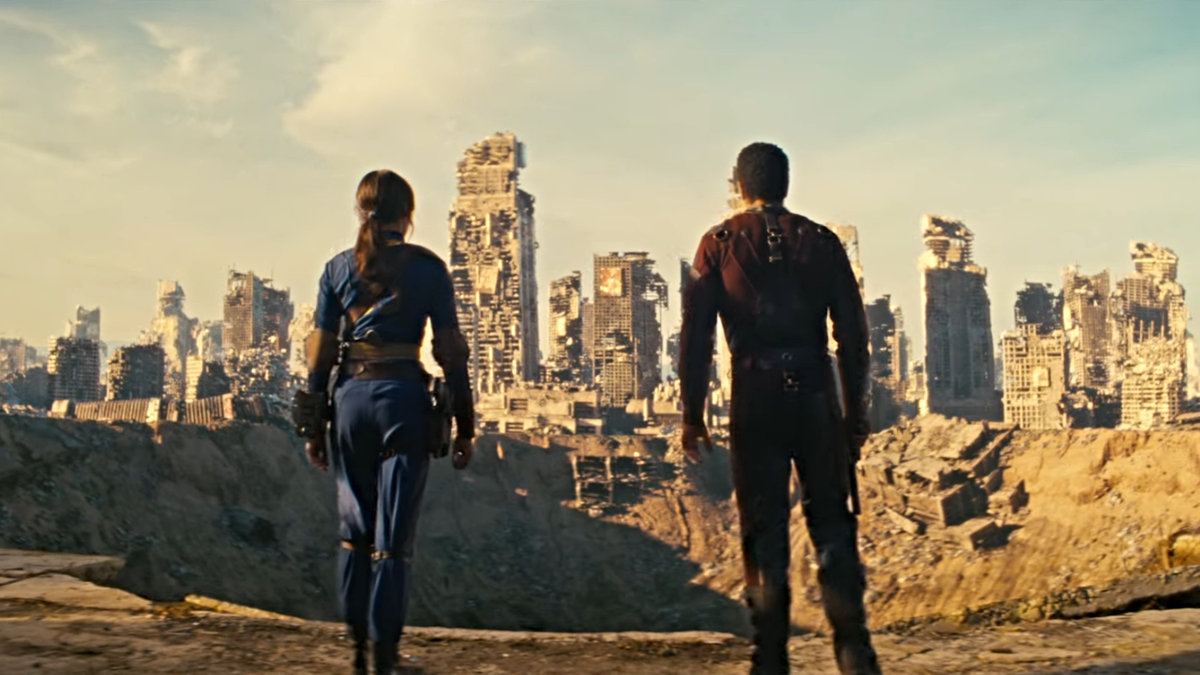
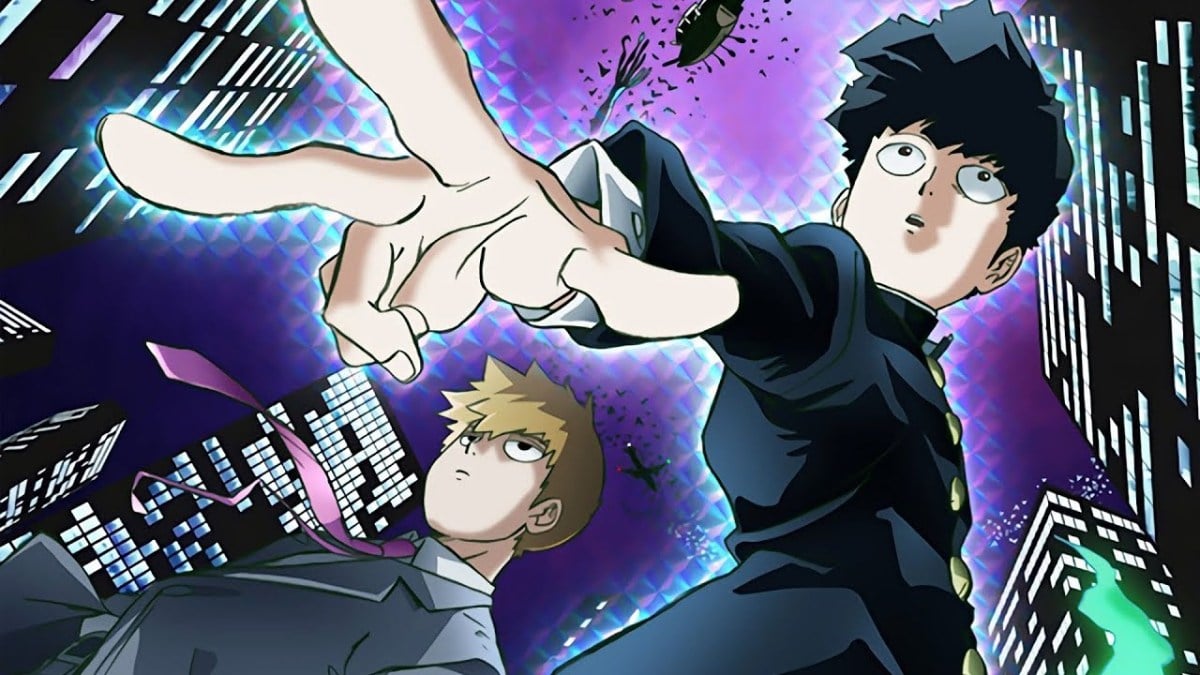
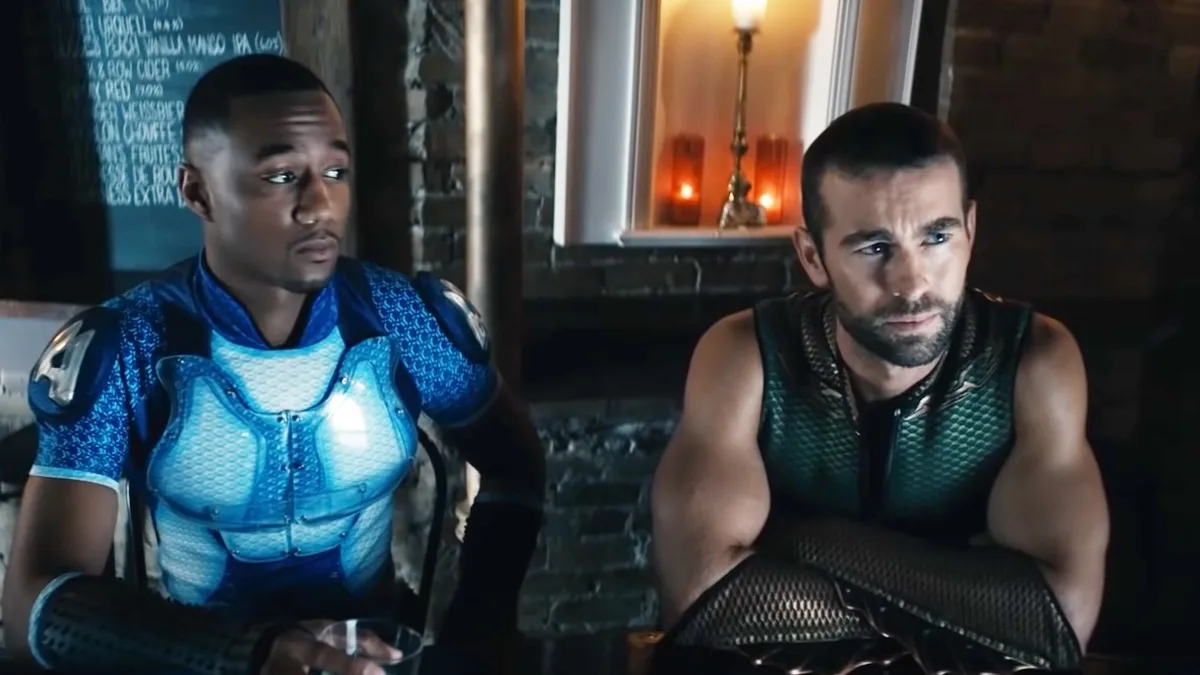
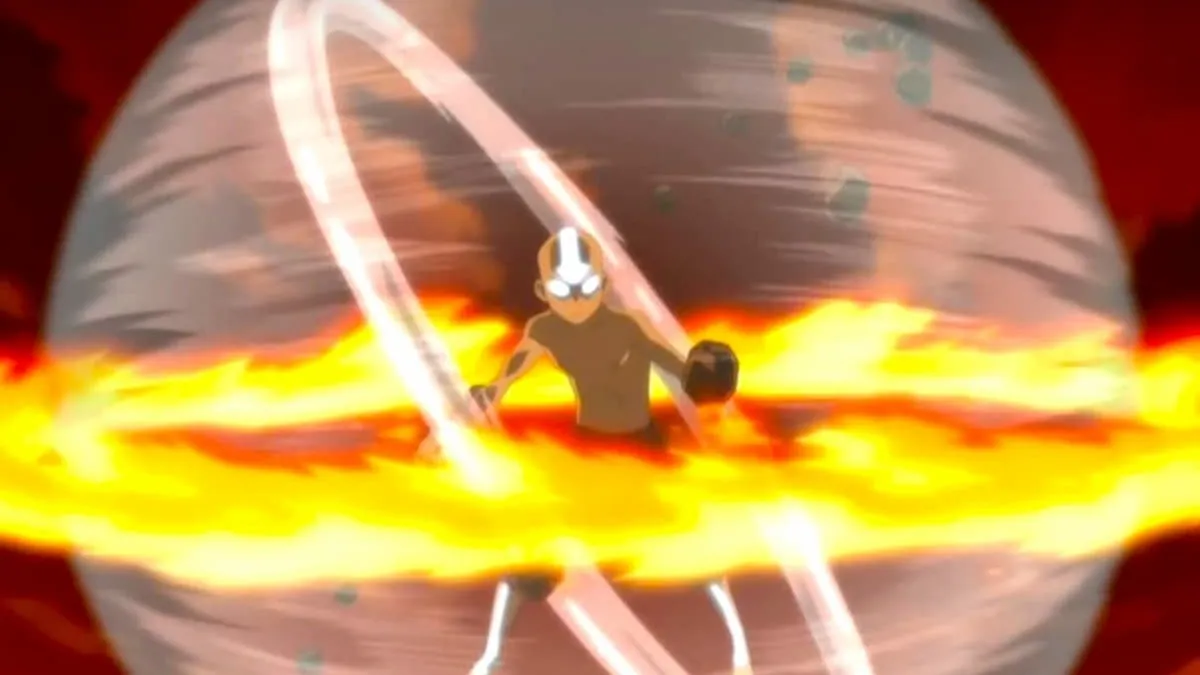
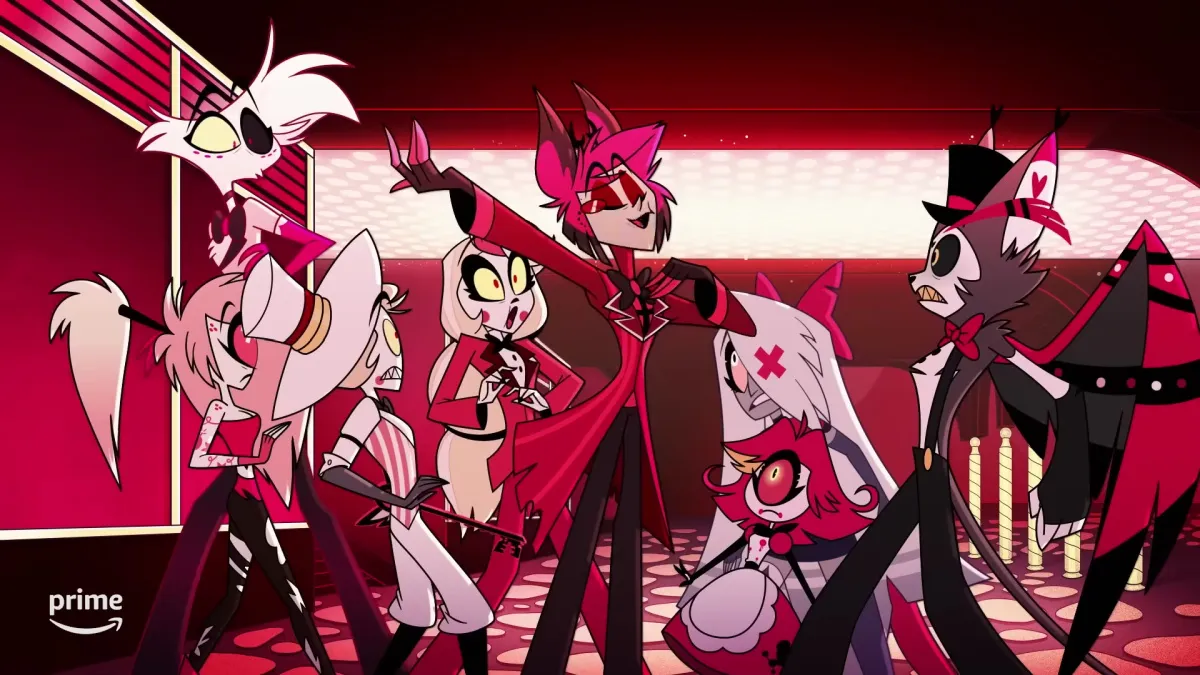

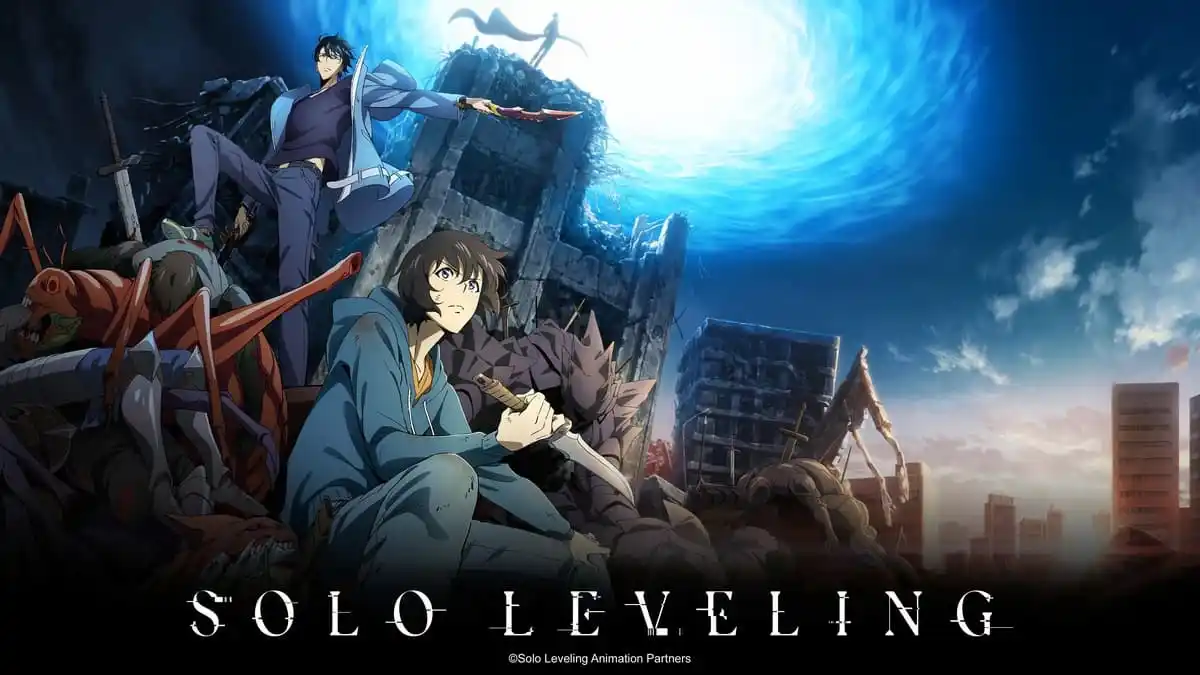
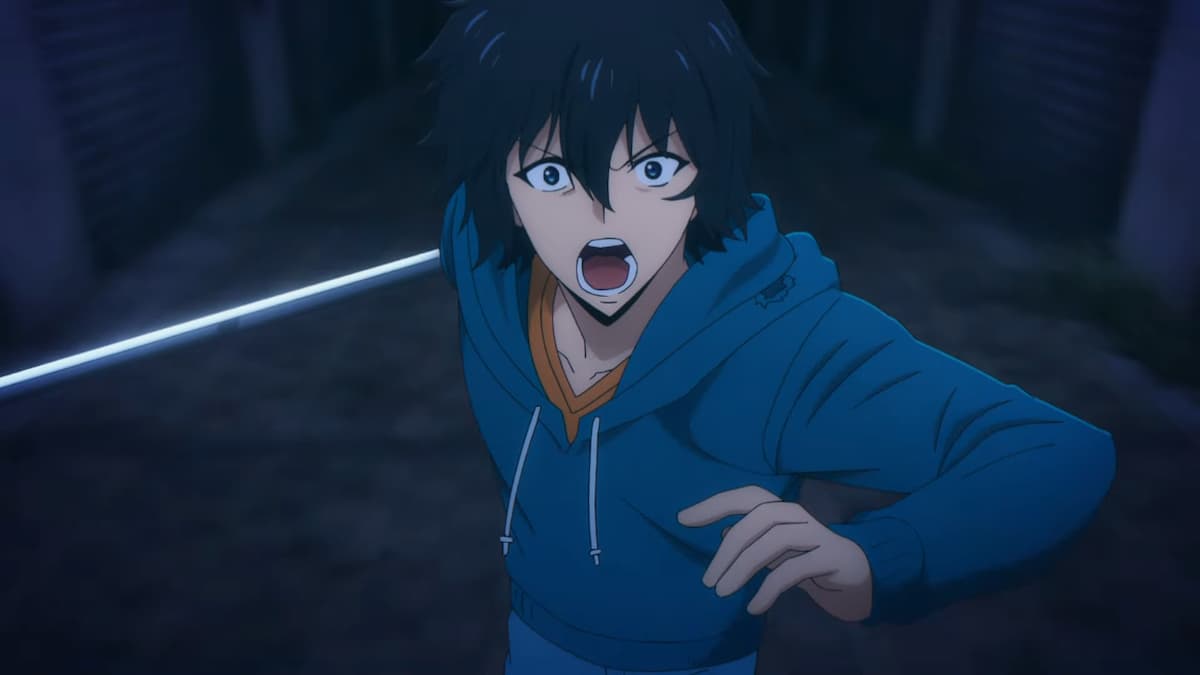

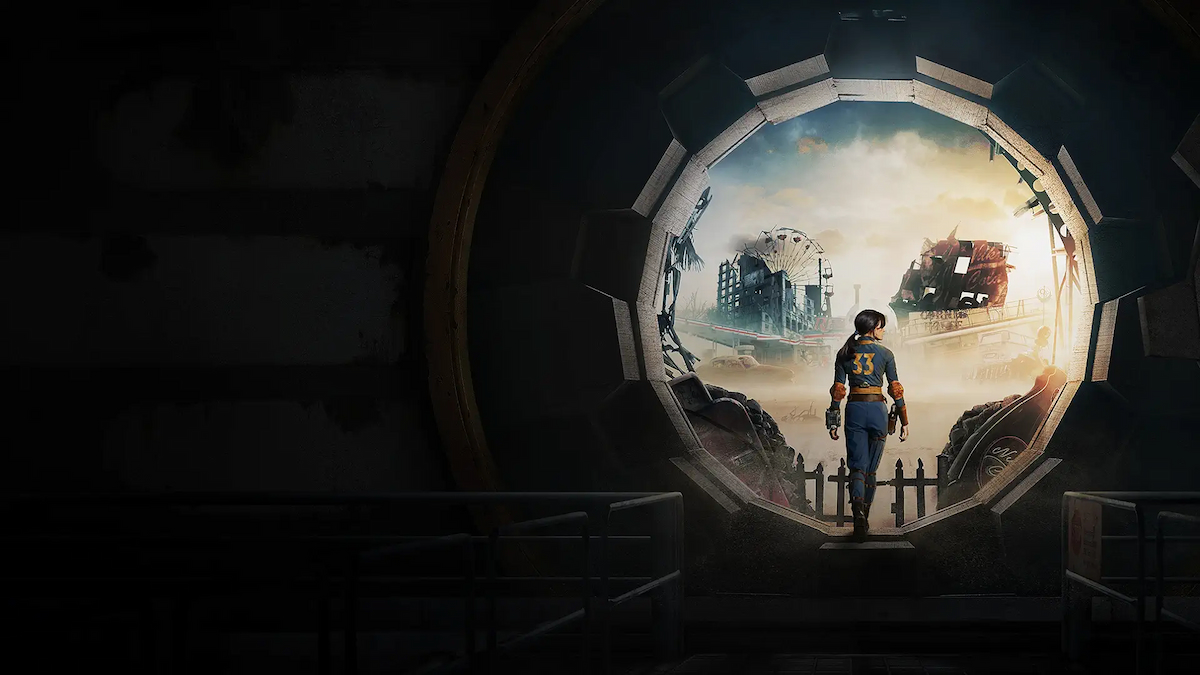
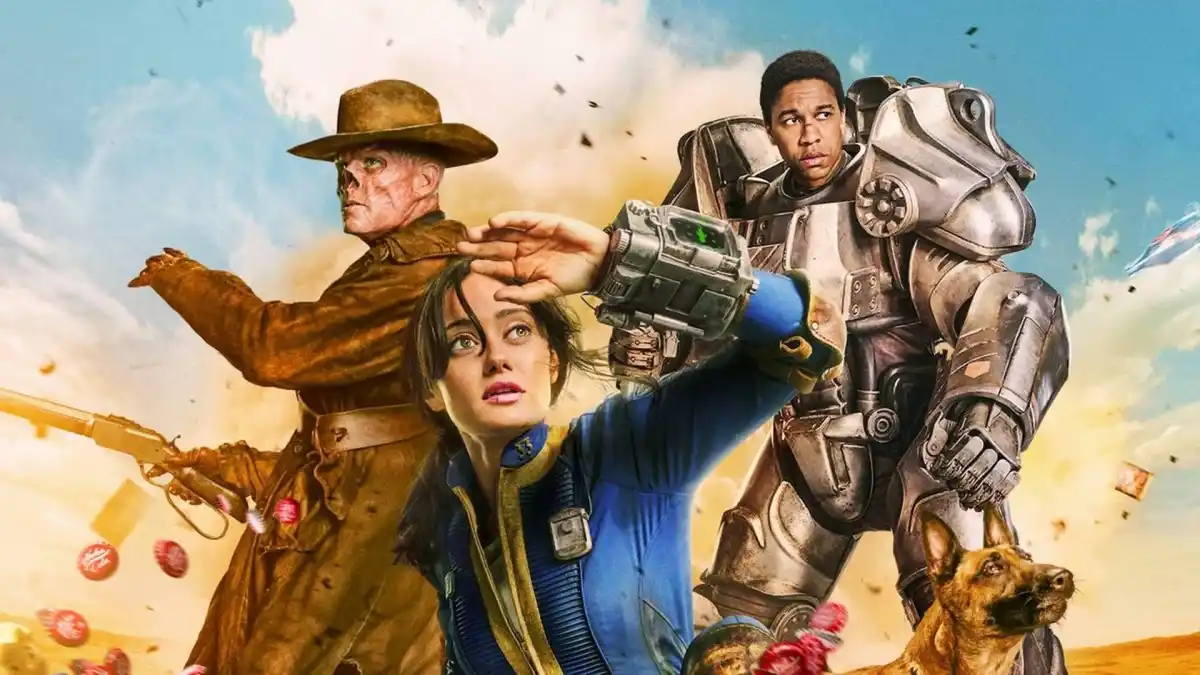
Updated: Jan 19, 2018 12:14 pm